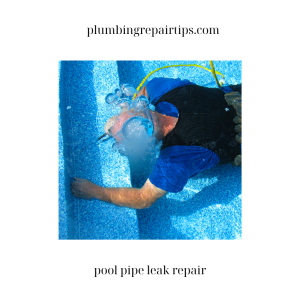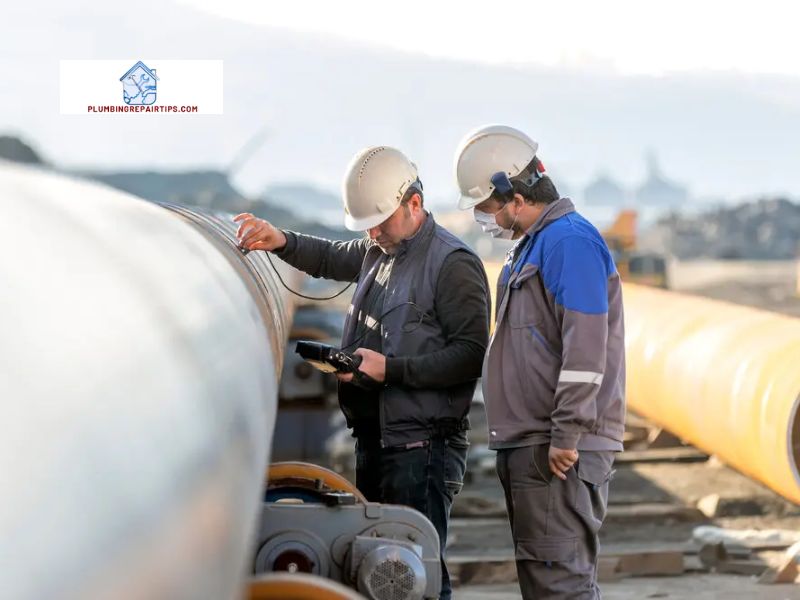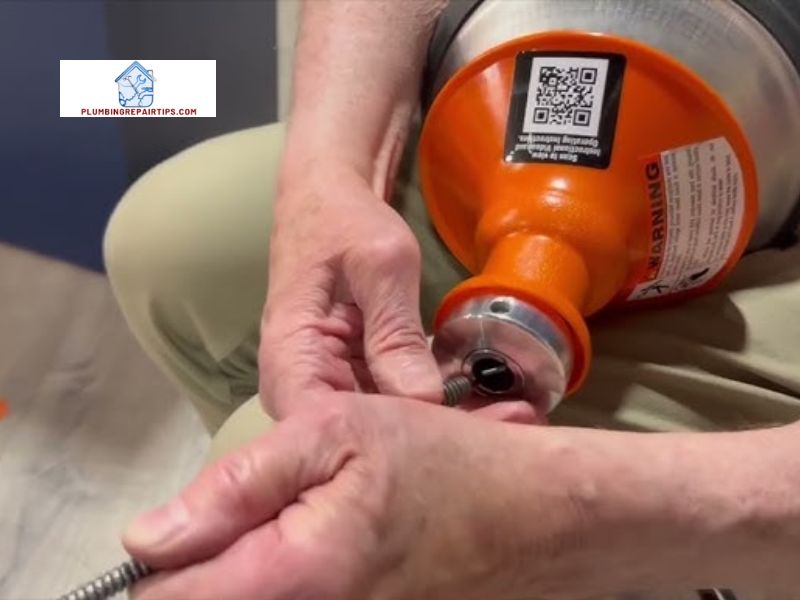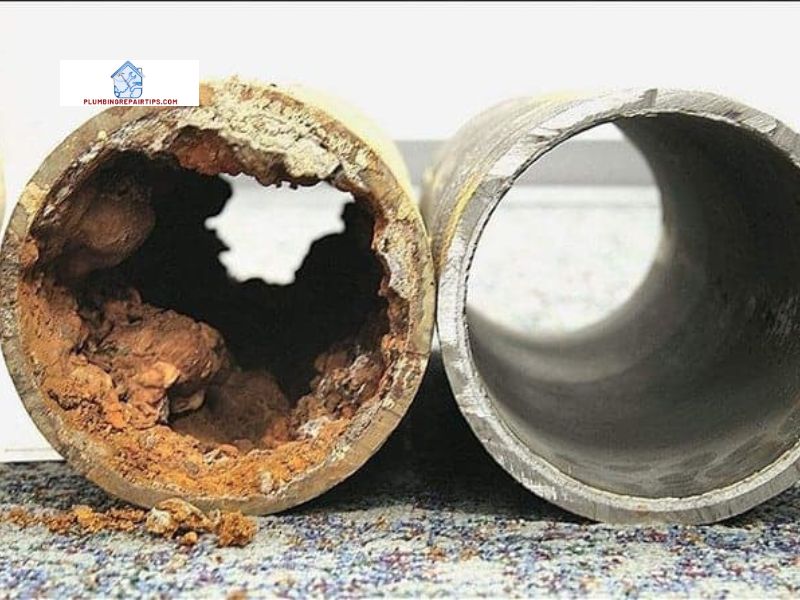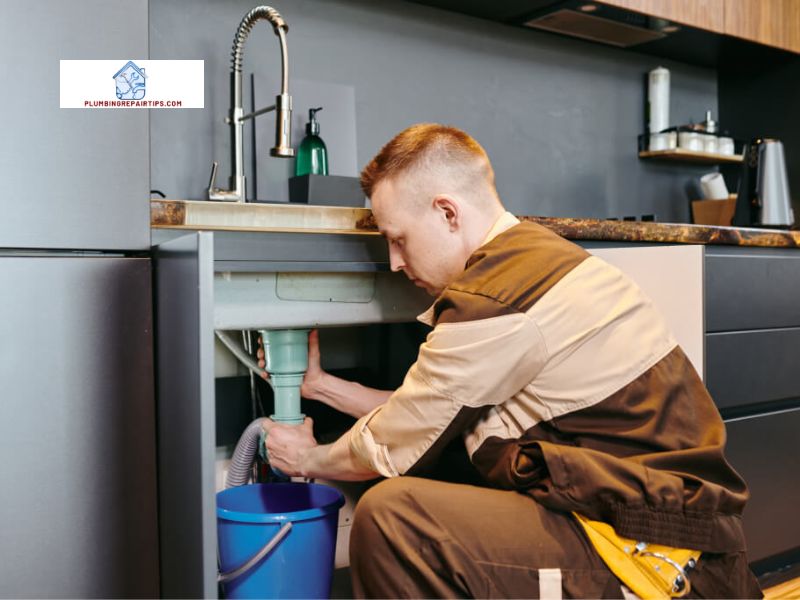Introduction
Are you curious about Pipe leak repair and water quality? Water is an essential element of our daily lives, providing hydration, cleanliness, and overall well-being. As homeowners, we rely on a steady supply of clean and safe water for various activities. However, pipe leaks can pose a serious threat to the quality of water we use and consume. In this article, plumbingrepairtips.com will delve into the importance of maintaining water quality in our homes, explore the common issues associated with pipe leaks, and focus on effective pipe leak repair methods to ensure the purity of our water.
Water quality plays a vital role in safeguarding our health and that of our loved ones. Contaminated water can harbor harmful substances such as bacteria, chemicals, and sediments that can lead to various health issues. Moreover, it can also affect the taste, odor, and appearance of the water, making it less appealing for everyday use.
When it comes to pipe leaks, they can manifest in various forms, from visible dripping to hidden leaks within the walls or underground. These leaks, if left untreated, can result in significant damage to our homes and impact the quality of the water flowing through our pipes. Common issues associated with pipe leaks include mold growth, structural damage, increased water bills, and reduced water pressure.
Throughout this article, we will shed light on the importance of addressing pipe leaks promptly to prevent further damage and maintain the integrity of our water supply. We will explore effective methods for identifying and repairing pipe leaks, as well as discuss measures to restore water quality after a leak occurrence. By understanding the significance of pipe leak repair and water quality preservation, we can ensure clean and safe water flows through our homes, promoting a healthy and comfortable living environment.
Understanding Pipe Leaks
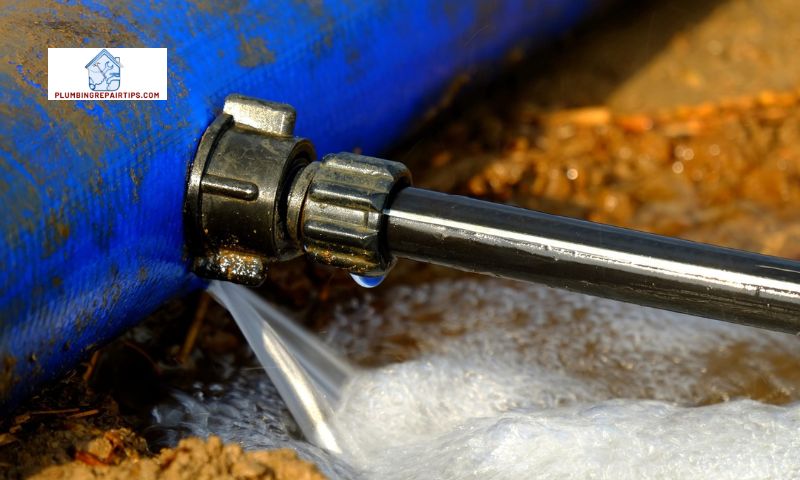
Definition and Causes of Pipe Leaks
Pipe leaks refer to the unintended escape of water from pipes, either due to cracks, holes, or faulty connections. These leaks can occur in various parts of the plumbing system, including supply pipes, drain pipes, and even fixtures like faucets and toilets. The causes of pipe leaks can be diverse, ranging from aging infrastructure and corrosion to high water pressure, tree root intrusion, and improper installation.
Potential Consequences of Untreated Leaks on Water Quality
When pipe leaks go unnoticed or are left untreated for an extended period, they can have detrimental effects on the quality of our water supply. The stagnant water within the pipes provides an ideal breeding ground for bacteria, leading to potential contamination. Additionally, leaks can introduce harmful chemicals or sediments into the water, compromising its purity.
Effects of Pipe Leaks on Health and Environment
The impact of pipe leaks extends beyond water quality concerns. Firstly, leaks can contribute to the growth of mold and mildew, which can trigger respiratory issues, allergies, and other health problems. Moreover, untreated leaks can cause structural damage to our homes, leading to costly repairs and compromised stability. Additionally, leaks can result in water wastage, putting a strain on our environment and depleting precious water resources.
Understanding the significance of pipe leaks and their consequences highlights the urgency of addressing them promptly. By taking proactive measures to detect and repair leaks, we can safeguard our water quality, protect our health, and preserve the integrity of our homes and the environment. In the following sections, we will explore methods to identify and repair pipe leaks effectively, as well as steps to restore water quality after a leak occurrence.
Identifying Pipe Leaks
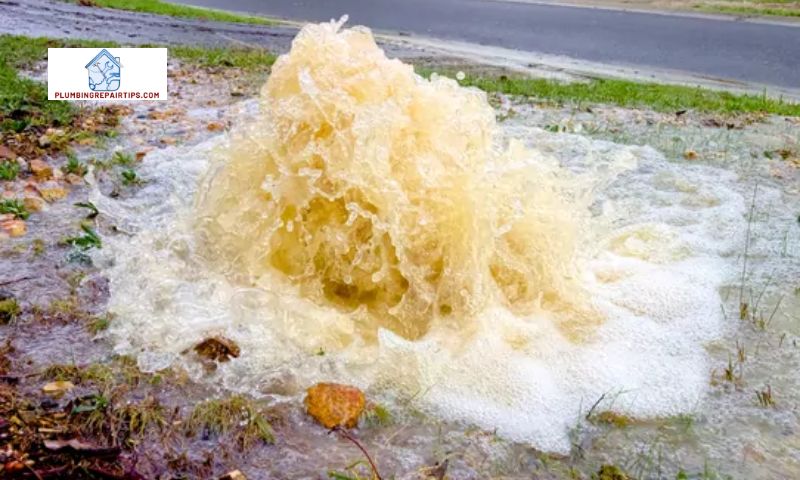
Water leaks can be sneaky, often hiding behind walls or underground, causing damage without our knowledge. It’s crucial to be able to identify the signs and symptoms of pipe leaks to address them promptly. Here are some key points to consider when identifying pipe leaks:
Signs and Symptoms of Pipe Leaks
- Visible water damage: Look out for water stains, discoloration, or peeling paint on walls, floors, or ceilings. These are clear indicators of a pipe leak.
- Unusual sounds: Pay attention to any hissing, dripping, or gurgling noises coming from your pipes. These sounds can be a sign of an active leak.
- Mold or mildew growth: Excessive moisture from pipe leaks can lead to the growth of mold or mildew in your home. If you notice a musty odor or see mold patches, it might be a result of a hidden leak.
- Increased water bills: A sudden spike in your water bill without any apparent reason could be a sign of an undetected pipe leak. Monitor your water usage and bills to identify any abnormal increases.
DIY Methods for Detecting Leaks
While some leaks may be visible, others require a bit more effort to identify. Here are a few DIY methods to detect pipe leaks:
- Check your water meter: Turn off all water sources and monitor your water meter for any movement. If the meter continues to register usage, it suggests a leak somewhere in your plumbing system.
- Toilet dye test: Add food coloring or a leak-detection tablet to your toilet tank. If the color appears in the bowl without flushing, it indicates a leak in the toilet’s flapper valve.
- Inspect faucets and showerheads: Look for any visible leaks or drips from faucets or showerheads. Even a small drip can accumulate over time and lead to significant water waste.
Importance of Professional Inspection and Leak Detection Services
While DIY methods can be helpful in identifying visible leaks, some leaks may require professional expertise. Hiring a professional plumber for inspection and leak detection services offers several advantages:
- Specialized equipment: Professionals have access to advanced tools and equipment, such as thermal imaging cameras and acoustic sensors, to detect hidden leaks accurately.
- Expert knowledge: Experienced plumbers possess the expertise to identify potential leak sources, even in complex plumbing systems. They can provide comprehensive solutions based on their findings.
- Prevention of further damage: Timely detection of leaks helps prevent further damage to your property. Professionals can address the issue promptly, minimizing the risk of structural damage and mold growth.
By being vigilant about the signs of pipe leaks, utilizing DIY methods for detection, and seeking professional assistance when necessary, we can swiftly address leaks and safeguard the integrity of our water supply.
Pipe Leak Repair Methods
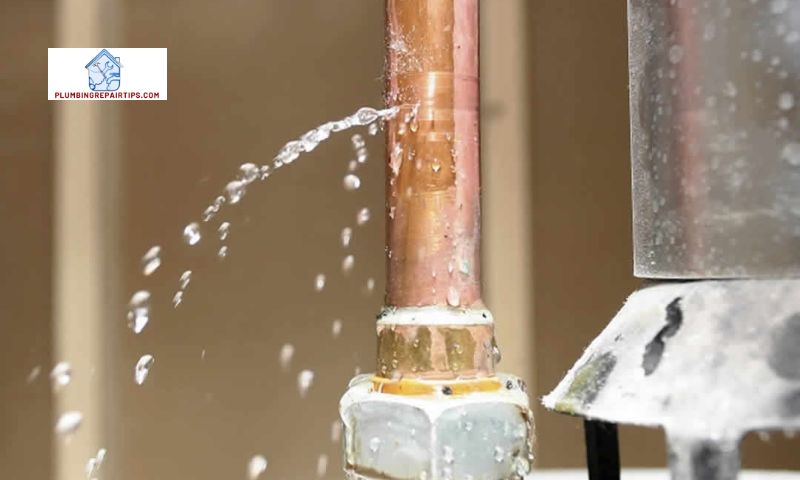
Addressing pipe leaks promptly is crucial to minimize damage and maintain water quality in our homes. In this section, we will explore different pipe leak repair methods that can effectively mitigate leaks and ensure long-term prevention.
Temporary Solutions for Immediate Leak Containment
When faced with a pipe leak, it is essential to take immediate action to minimize water damage. Temporary solutions can provide short-term relief while awaiting professional assistance. One such solution is using leak tape or pipe clamps to seal the leak temporarily. These materials can help contain the leak and prevent further water seepage until a permanent repair is conducted.
Permanent Repair Techniques for Long-term Prevention
While temporary solutions offer temporary relief, a permanent repair is necessary to prevent future leaks and maintain water quality. One effective technique is pipe replacement, where damaged sections of the pipe are removed and replaced with new ones. This approach ensures a reliable and durable solution, eliminating the risk of recurring leaks.
Another widely used method is pipe relining, which involves inserting a flexible lining into the existing pipe. The lining adheres to the pipe’s interior, creating a seamless, corrosion-resistant barrier that prevents leaks. This technique is particularly useful for older pipes or those in hard-to-reach areas, providing a cost-effective and efficient solution.
Importance of Hiring Professional Plumbers for Efficient Repairs
While DIY approaches may seem tempting, it is vital to hire professional plumbers to handle pipe leak repairs. Experienced plumbers possess the necessary expertise, tools, and knowledge to assess the extent of the leak, identify underlying issues, and provide effective solutions. Their expertise ensures that repairs are conducted efficiently, minimizing the risk of further damage and ensuring long-term prevention of leaks.
Additionally, professional plumbers have access to advanced technologies such as leak detection equipment, which allows them to identify hidden leaks that may not be apparent to the untrained eye. By entrusting the repair process to professionals, homeowners can have peace of mind knowing that their water quality and the structural integrity of their plumbing system are in capable hands.
In conclusion, addressing pipe leaks promptly is vital to preserve water quality in our homes. Temporary solutions offer immediate relief, while permanent repair techniques ensure long-term prevention of leaks. Hiring professional plumbers brings expertise and efficiency to the repair process, guaranteeing the integrity of our plumbing system and the purity of our water supply. By utilizing these pipe leak repair methods, we can safeguard our homes and maintain clean and safe water for our everyday needs.
Preventing Pipe Leaks and Ensuring Water Quality
Prevention is always better than cure, especially when it comes to pipe leaks and water quality. By implementing proactive measures, we can reduce the likelihood of future leaks and maintain the pristine state of our water supply. Here are some effective tips to prevent pipe leaks and ensure optimal water quality in our homes:
1. Regular Maintenance Practices
Regularly inspecting our plumbing system is crucial for identifying potential issues before they escalate into major problems. Conduct routine checks for signs of leaks, such as water stains on walls or ceilings, dampness around pipes, or unexplained water puddles. Additionally, keep an eye out for any unusual changes in water pressure or the appearance of the water. If you notice any abnormalities, it’s important to address them promptly to prevent further damage and contamination.
2. Proper Installation and Quality Materials
When it comes to plumbing installations or repairs, always rely on professional plumbers who have the expertise and experience to ensure proper installation. Utilizing high-quality materials for pipes, fittings, and seals can significantly reduce the risk of leaks. Investing in durable and reliable plumbing components is a wise decision that pays off in the long run, as it minimizes the chances of leaks and maintains water quality.
3. Taking Care of Water Quality Holistically
Maintaining water quality is not solely dependent on preventing leaks; it involves holistic care. Regularly clean and disinfect fixtures, such as faucets and showerheads, to remove any mineral deposits or bacteria that may affect water quality. Additionally, consider installing water filters, purifiers, or softeners to further enhance the quality of the water you use and consume. These filtration systems can effectively remove impurities, contaminants, and odors, ensuring clean and refreshing water throughout your home.
By adopting these preventive measures and placing emphasis on overall water quality, we can significantly reduce the risk of pipe leaks and ensure that the water flowing through our homes remains pure and safe. Prioritizing regular maintenance, proper installation, and comprehensive water treatment measures will not only protect our property but also safeguard the health and well-being of our loved ones. Let’s take proactive steps today to prevent pipe leaks and maintain the highest standard of water quality in our homes.
